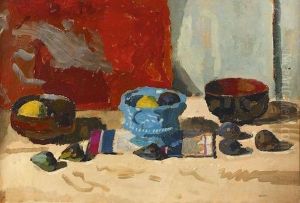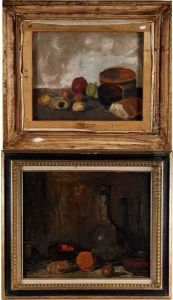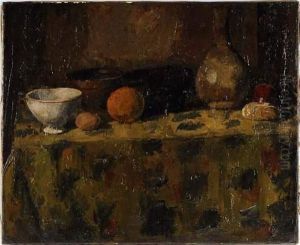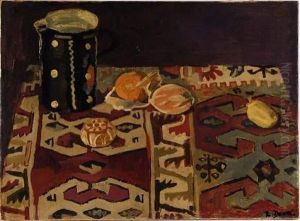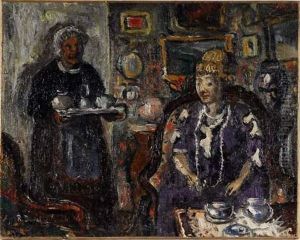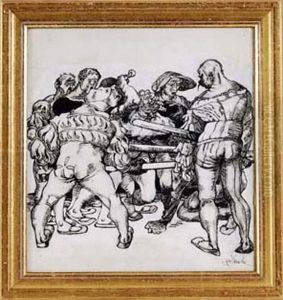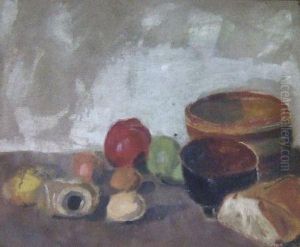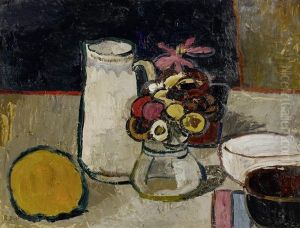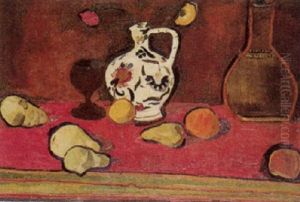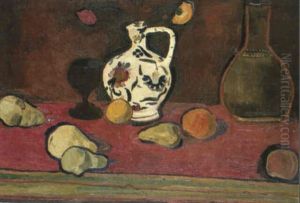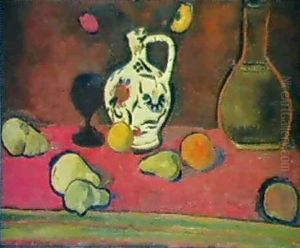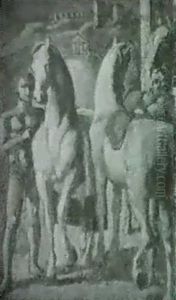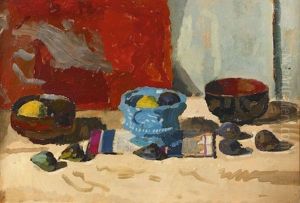Rodolphe Dunki Paintings
Rodolphe Dunki was a Swiss artist born in 1866, known primarily for his contributions to graphic arts and illustration. His life spanned a period of significant change in the art world, from the late 19th century through the early decades of the 20th century, a time when art movements such as Impressionism, Art Nouveau, and eventually Modernism were taking shape. Dunki's work, however, remained largely anchored in the traditions of realism and naturalism, with a particular focus on the beauty of the Swiss landscape and the depiction of everyday life.
Dunki received his artistic training in Switzerland, a country renowned for its commitment to craftsmanship and precision. This background is evident in the meticulous detail and technical skill displayed in his works. After completing his studies, he embarked on a career that saw him working primarily as an illustrator and graphic artist. He contributed to various publications, creating illustrations that captured the essence of the stories they accompanied with a vividness and clarity that was highly appreciated.
Throughout his career, Dunki remained deeply connected to his Swiss roots. His art often depicted the Swiss countryside, with its majestic mountains, serene lakes, and picturesque villages. These landscapes were not just backgrounds in his works but were imbued with a sense of emotion and narrative, reflecting Dunki's ability to see and communicate the beauty and tranquility of the natural world.
In addition to landscapes, Dunki's oeuvre includes a number of portraits and scenes of daily life. His approach to these subjects was characterized by a keen observation of detail and a deep empathy for his subjects. This combination of technical skill and emotional depth made his works resonate with a wide audience, securing his reputation within the Swiss art community.
Rodolphe Dunki's contributions to the field of graphic arts and illustration were significant during his lifetime. Although he may not be as widely recognized today as some of his contemporaries, his work remains a testament to the rich artistic tradition of Switzerland. Dunki passed away in 1941, leaving behind a body of work that continues to be appreciated by those who value precision, beauty, and the portrayal of the human experience in art.
